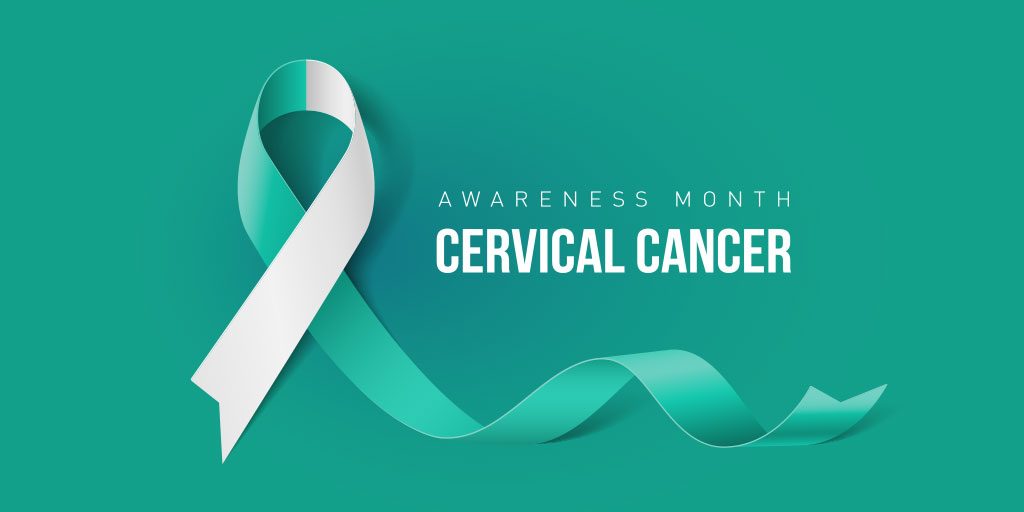Cervical Health Awareness Month

Cervical Health Awareness Month: Education for Women and Men
Cervical Health Awareness Month is in January. This is the time to bring awareness to upper cervical health. Learn more about cervical health screenings. Take part in spreading the word on overall cervical health. The US Congress designated Cervical Health Awareness Month to shine light on one of the most preventable forms of cancer in women: cervical cancer.
About 4,000 women die of cervical cancer each year – even though it’s highly preventable.
The most common cause is HPV.
Why is Cervical Health Important?
You may wonder why a whole month is set aside for Cervical Health Awareness, the cervix and it’s wellbeing. Many people relegate the cervix to childbirth – to helping a little one enter the world. As it turns out, the cervix plays a role in overall sexual health between you and your partners the very day you become sexually active. And not just penetration. Becoming sexually active includes oral sex which is becoming more common in teenagers. Women and men, boys and girls, all benefit from education on cervical health.
Almost all forms of cervical cancer are caused by a form of HPV (Human Papillomavirus).
HPV: Equal Opportunity Virus
Human Papillomavirus (HPV) is one of the most common forms of sexually transmitted disease. And while women certainly own the cervix, HPV is commonly spread through sexual activity to both women and men. Oral sex, transmission through open skin (cuts, scrapes) and unprotected sex are three ways the virus is contracted. Yet, many people don’t even know they have it. There are many strains of HPV. Over 100! And, most don’t lead to cancer.
Girls: HPV vaccinations are recommended at age 11. Get your cervical health screening every year, beginning at age 21.
Guys: Get vaccinated at age 11. If you have a female partner or daughter, encourage her to do the same and get her routine, annual pap smear and cervical health screening beginning at age 21.
In fact, about 80% of sexually active people will be diagnosed with one form or another during their lifetime. The virus shows up in various forms. Some are mild. Others deadly. But, since HPV is so common and stays hidden in most people, it’s important to get vaccinated and tested to see if you have it. And if you do, know what strain of the virus you have. It’s so easy to transmit HPV through skin-to-skin contact with open cuts or what is considered to be casual sexual activity.
HPV is the most common causes of cervical cancer. It also leads to forms of cancer in both women and men. Throat cancer, anal cancer and cancer of the penis have been linked to certain strains of HPV.
HPV: What to Look For
HPV Symptoms in Men:
- Warts on the penis
- Warts on the scrotum
- Anal lesions/warts/growths
- Plantar warts (warts that appear on the bottom of the foot)
HPV Symptoms in Women:
- Warts on the vulva
- Warts on the vagina
- Cervical pain or discomfort
- Plantar warts
If you have these symptoms, don’t panic. Be proactive. Testing and detection of the type of virus you have is simple. Be in the know. For women, early detection of the cancer-causing strain is vital, so stay on top of your cervical health.
Be Educated. Be Aware. Be Protected.
HPV leads to deadly cancer. But it’s preventable. The FDA has expanded the indication of the HPV vaccine now up to age 45, from the previous age of 27. Further, the FDA recommends that boys and girls get vaccinated by age 14.
New Year’s Resolutions:
- Get vaccinated
- Get your cervical health screening every year
- Get tested
Now you know.
